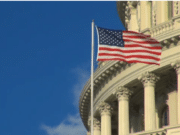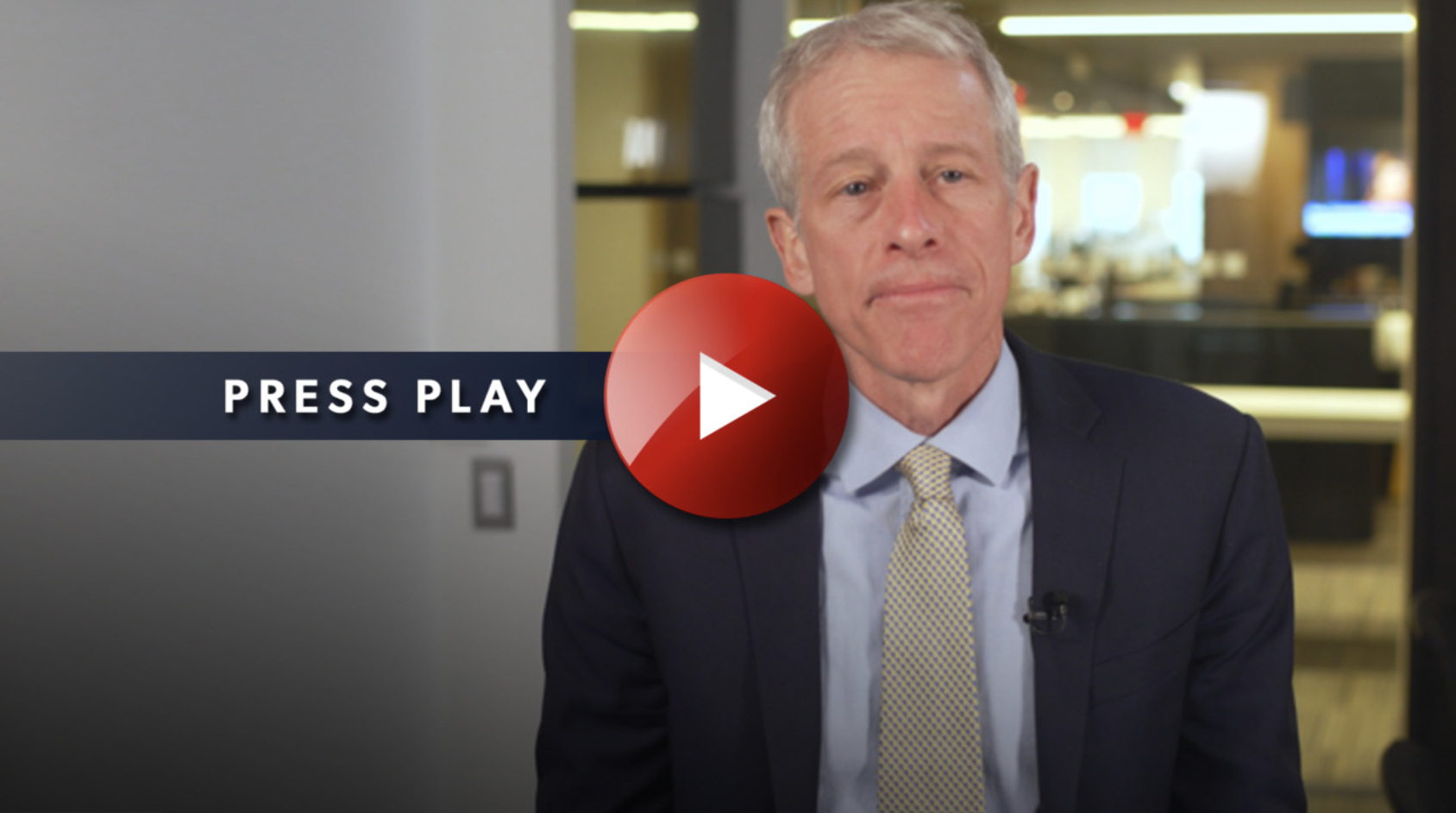In an aggressive effort to curb the worst inflation in forty-one years, the Federal Reserve increased a key rate for the U.S. on Wednesday for the fourth time this year, indicating that more increases are on the way even as the economy contracts. The central bank unanimously decided to increase the fed funds rate by 0.75 percentage points – or 75 basis points – bringing it to a range within 2.25% and 2.5%.
Higher rates lead to higher expenses when obtaining a loan, purchasing a car, or buying a home, which can significantly impede the economy. They also increase the cost of borrowing for both consumers and companies, making the process more difficult. Rising rates, growing at their quickest pace since 1981, already seem to be slowing the economy. As officials gave the impression that they would not relent, the Fed also stated that “ongoing increases” in interest rates “will be appropriate.”
Since the Fed started utilizing the overnight funds rate as its primary instrument in exercising monetary policy in the 1990s, the movements in June and July constitute the most rigorous consecutive action by raising the benchmark borrowing rate to a range of 2.25% – 2.5% (as revealed in the intro). The funds rate affects a variety of consumer goods, including adjustable mortgages, auto loans, and credit cards. Still, it directly affects what banks charge each other for short-term loans. With this latest hike, the funds rate has reached its highest point since December 2018.
The decision was generally already anticipated by the markets as a result of remarks made by Fed officials since the June meeting that hinted at the rise. Following Chairman Jerome Powell’s statement that the data would determine the Fed’s next course of action at its meeting in September, stocks rose to their highs. The significance of reducing inflation has been highlighted by central bankers, despite the potential danger to the economy.
Powell remarked, “As the stance of monetary policy tightens further, it likely will become appropriate to slow the pace of increases while we assess how our cumulative policy adjustments are affecting the economy and inflation.”
The Federal Open Market Committee (FOMC) stated in its post-meeting statement that “recent indicators of spending and production have softened. Nonetheless, job gains have been robust in recent months, and the unemployment rate has remained low.” This was similar to the FOMC’s June statement in that officials once more referred to inflation as “elevated” and linked the problem to supply chain issues, rising food and energy prices, and “broader price pressures.”
Although growth was low for the first quarter and was projected to be barely positive in the second, Powell said he does not believe the economy is in a recession. He went on to say, “Think about what a recession is. It’s a broad-based decline across many industries that are sustained for more than a couple of months. This doesn’t seem like that now. The real reason is the labor market has been such a strong signal of economic strength that it makes you question the GDP data.”
Investors anticipate that the Fed will increase the upper end of its target range from its current level of 1.75% to at least 3.75% by the end of the year. For reference, during the height of the most recent rate-hiking cycle in late 2018, the Fed increased rates to a level of 2.37%. The rate peaked at 5.25% before the Great Recession of 2007 – 2009. Additionally, the Fed raised interest rates to historically high levels in the 1980s to combat spiraling inflation. The Fed funds rate peaked at 22% in July 1981. It’s important to remember, though, that there is no likelihood that borrowing rates will increase that drastically in the foreseeable future; they aren’t expected even to get close to such levels.
There is a silver lining to this, and it involves savers. During the pandemic, money held in savings, CDs, and money market accounts yielded virtually nothing. But with inflation being accounted for, savers have, on average, lost money. The good news is that when the Fed raises rates, savings will also increase, meaning savings accounts will once more begin generating interest.
It is tricky because the stock market seemed to love getting free assistance from the Fed, but markets will have to adjust. Government bond rates decline due to interest rates at zero, thus compelling investors to place their bets on riskier investments like equities. There is even a term for this on Wall Street: TINA, or “there is no alternative.” The stock market has faced significant difficulties as a result of higher rates since it had grown accustomed to thestimulus money. How quickly the Fed raises rates and how the broader economy and company earnings fare will determine how the market is ultimately affected.













